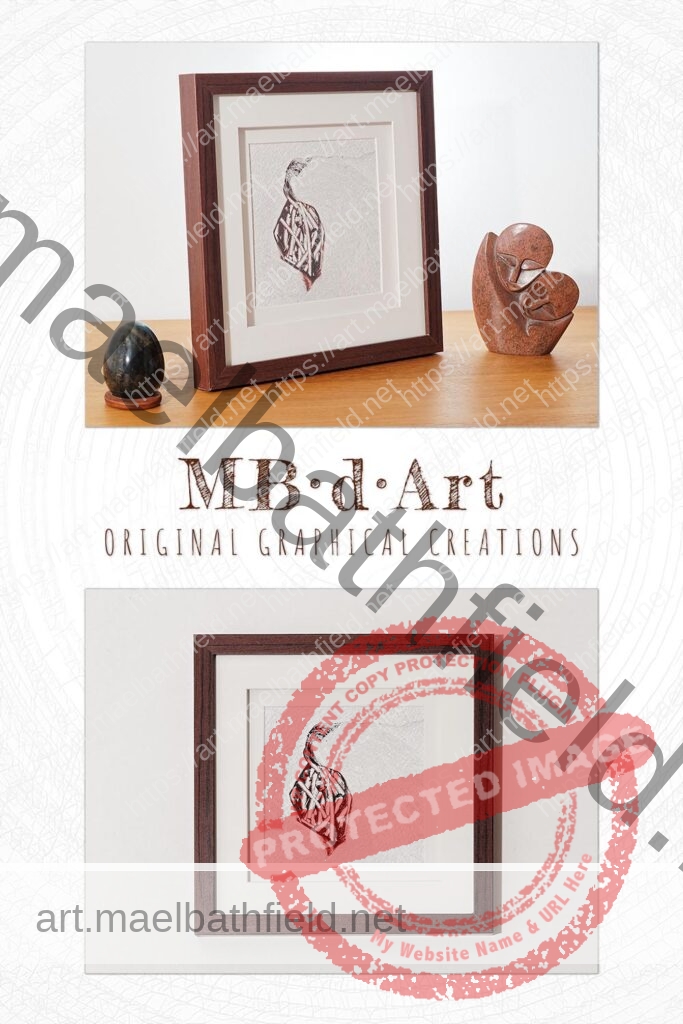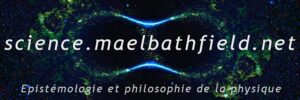
Discover pareidolia through the artistic genius of Maël Bathfield. Immerse yourself in his mysterious world where each creation is an ephemeral dance between drawing, photography, and digital art. Explore the Phantasmagorical Bestiary, a unique visual experience.
Pareidolia is a psychological phenomenon that occurs when our brain misinterprets indistinct or random visual stimuli as recognizable shapes. In other words, it is the natural tendency of the human mind to perceive meaningful patterns, such as faces or objects, where they do not actually exist. This phenomenon is often associated with vision but can also occur in other sensory domains.
The explanation for pareidolia lies in how our brain processes and interprets visual information. By recognizing familiar shapes, our brain simplifies the perception of the world around us. This ability likely evolved as a survival mechanism, allowing humans to quickly identify potentially important faces or shapes in their environment.
Regarding the creative process, pareidolia can play a crucial role. It can inspire creativity by stimulating imagination and enabling the perception of associations and ideas where others might see only abstract or chaotic forms. Artists, writers, and creators, in general, can leverage pareidolia by using these subjective interpretations to generate new ideas and perspectives.
For example, an artist might observe a cluster of clouds in the sky and perceive the shape of a fantastical creature. This pareidolic process could then serve as a starting point for creating an original artistic work. Similarly, a writer could find inspiration in the form of clouds to write a fantastical or poetic story.
In summary, pareidolia is a natural phenomenon that influences how we perceive the world around us. In the creative process, it can be a source of inspiration by encouraging the discovery of hidden meanings and stimulating the imagination.




